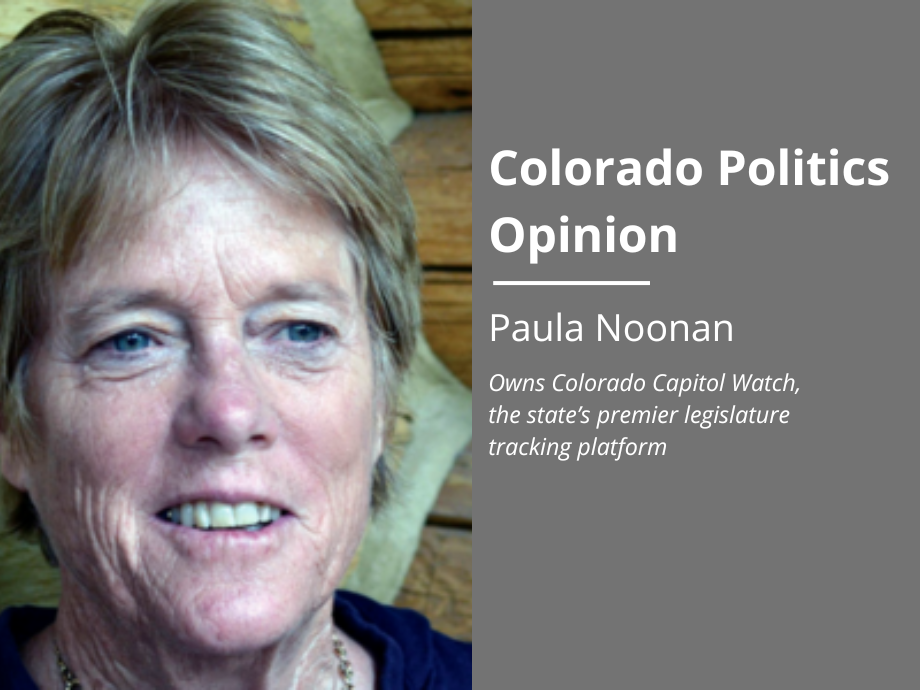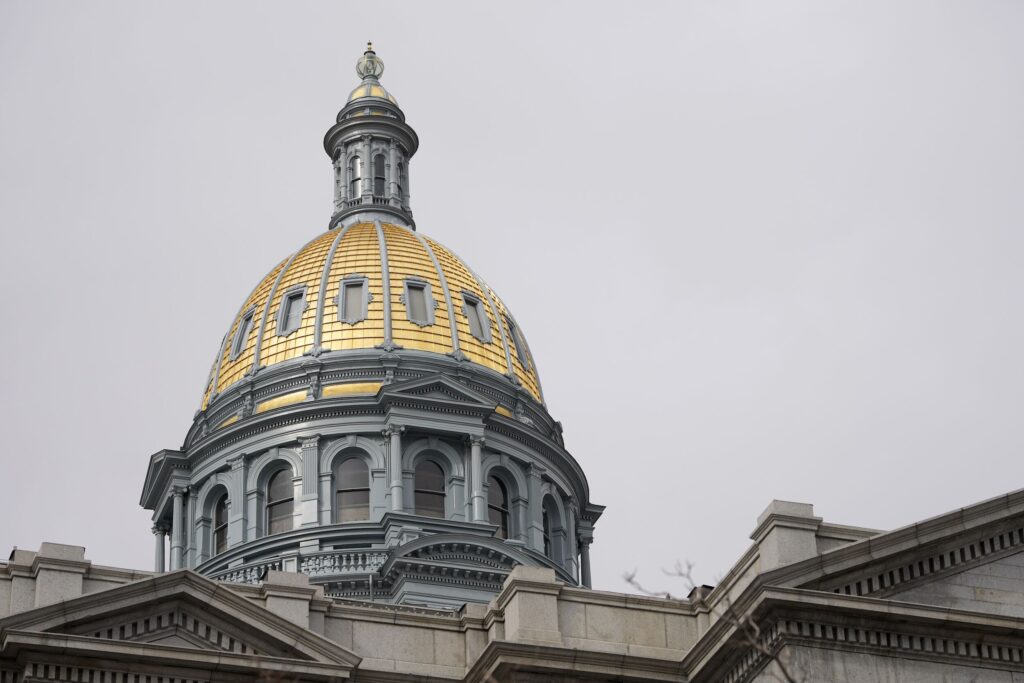An endless, bloody, hateful history in Israel-Palestine | NOONAN


As every student of world and Middle East history knows, the lands that comprise Israel/Palestine have changed hands many times, from the Canaanites in the Middle Bronze Age (2100-1500 BCE), to the New Kingdom of Egypt (1550-1200 BCE), to Israel and Judah around 900 BCE, to the Assyrian invasions around 730 BCE, to the Babylonian period (587-538 BCE), to the Persian period (548-332 BCE), to the Hellenistic period (333-64 BCE), until finally the lands fell under early Roman rule (64 BCE to 200 CE).
Then there were a series of Jewish-Roman wars due to the oppressive rule of Rome. There’s a lesson in that. When Constantine became emperor of Rome, he made Christianity the accepted religion, turning from the Greek and Roman beliefs in gods for every planet, season and natural phenomenon. Constantine’s mother, Helena, went to Jerusalem and constructed the Church of the Nativity in Bethlehem and the Church of the Holy Sepulcher in Jerusalem. Jews were not allowed to live in the city.
The Roman Empire split in 390 CE. The eastern region that contained Jerusalem became known as Byzantium. In the early 7th century, Palestine was conquered by an Arab army. Soon after, the Dome of the Rock shrine on Temple Mount was constructed, and the Al-Aqsa Mosque was erected. Thus began the Islamic Golden Age. In 982 CE, the area was conquered by Fatimids, followers of Shia Islam.
In this early Islamic period, Gaza lost, and then gained, population, especially Muslims. Jerusalem remained under Muslim rule. Christians from Europe undertook their crusades to “free” Jerusalem. The First Crusade in 1099 put Jerusalem under Christian authority. In 1188, Saladin, the great sultan in the Levant, led a Muslim army to defeat European Christian crusaders. He retook Jerusalem. Richard the Lionheart led the third crusade in 1190 that ultimately allowed Christians to have free passage for pilgrimages to the sacred city to three religions.
Stay up to speed: Sign-up for daily opinion in your inbox Monday-Friday
In the 13th century, more back and forth over Jerusalem and Palestine continued between Muslims and Christians in a series of crusades. The 1492 expulsion of Jews from Spain and 1497 expulsion of Jews from Portugal caused Jewish emigration toward Palestine. The area was taken into Ottoman Syria for four centuries.
By the end of the 19th century, Jews comprised a majority population in Jerusalem. The overall population in Palestine was 88% Muslim and 9% Christian. Meanwhile, in Europe, Jews settled mostly in the Russian empire and were subject to restricted areas and pogroms. This oppression caused 1.5 million Jews to emigrate to the United States. In the early 1900s, the Zionist movement formed, gaining strength as Jews emigrated to Palestine and created settlements. Tel Aviv, originally named Ahuzat Bayit, was built as a Hebrew-speaking town.
In World War I, the British, as they usually did, decided to take over the Palestine area when the Ottoman Empire fell apart. British foreign minister Arthur Balfour cut a deal with the Jewish community in Britain that stated the British government favored the “establishment of Palestine as a national home for Jewish people.” That was all the British needed to take over the lands, and British and French officials, as they usually did, decided on boundaries. Palestine became occupied land governed by British, French and Arab-Occupied Enemy Territory Administration.
Two events then occurred almost simultaneously in 1917 that roughly take us up to today. The publication of the Balfour Declaration and the Russian Revolution happened within a week of each other. Pogroms in Ukraine, where more than 100,000 Jews were killed, prompted 600,000 Jews to leave, many migrating to Palestine. The British asserted full control of Jerusalem and Palestine. They established rules for Jewish emigration including large sums of money to support their families. Eventually, after turmoil between Arabs and Jews with the British, the British closed Jewish emigration to Palestine in 1940.
Jews rebelled against British rule, and guerilla war ensued. Pogroms in Poland after World War II pushed more Jews to illegal emigration to Palestine. The British tossed their Palestine problem to the United Nations, who came up with a partition plan. Arguing occured on many sides with Stalin supporting Jewish lands and the British rejecting a partition.
In May 1948, Jews declared their state and it was recognized by the U.S. and Soviet Russia. By 1967, war between the Arabs and Jews seemed inevitable and Israel attacked in the Six-Day war. These periods of joint aggression continued with each side blasting the other. These attacks led to the Yom Kippur War, the conflict 50 years ago mirrored recently by the October 2023 invasion by Gaza’s Hamas into Israel. During the 50 years, Israel expanded its settlements into Palestinian territory, put up walls, controlled access between the lands and dominated Palestinian governance that controlled daily life.
Oppression breeds anger breeds fury breeds violence.
Israel-Palestine has an endless, bloody history. The hatreds and loathing are deep in the DNA of the lands. Too many have learned to hate each other from birth, now leaving babies dead in Israel and more babies dead in Gaza. It’s difficult to say whether today’s devastating slaughters are the annihilating culmination. They do need to end, now.
Paula Noonan owns Colorado Capitol Watch, the state’s premier legislature tracking platform.












